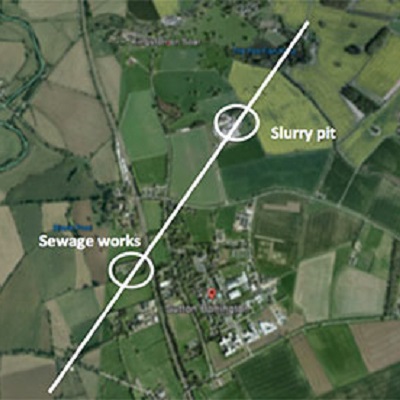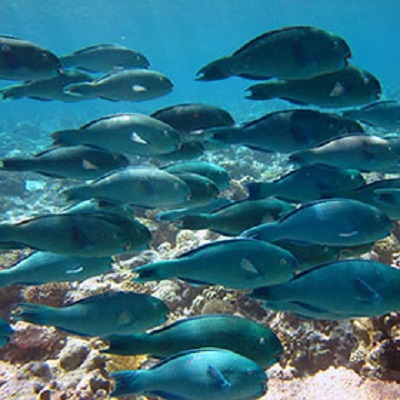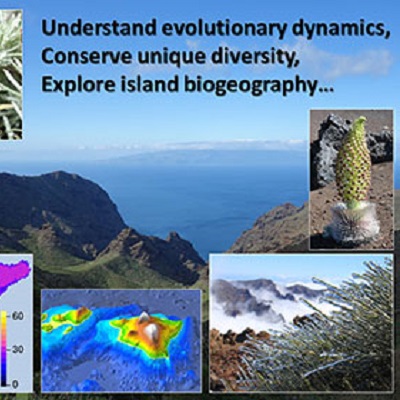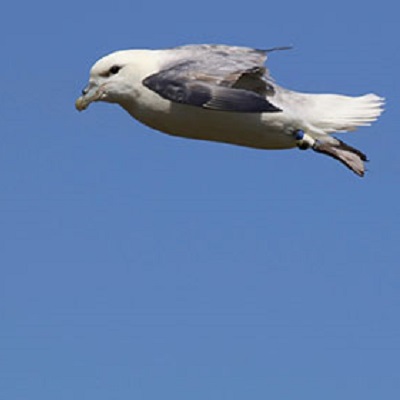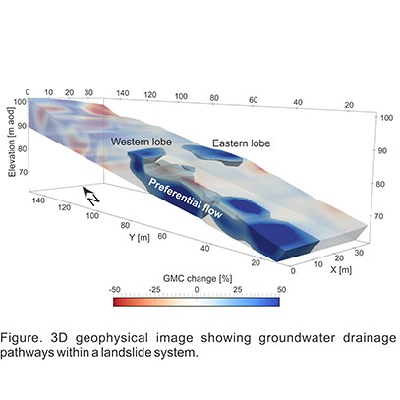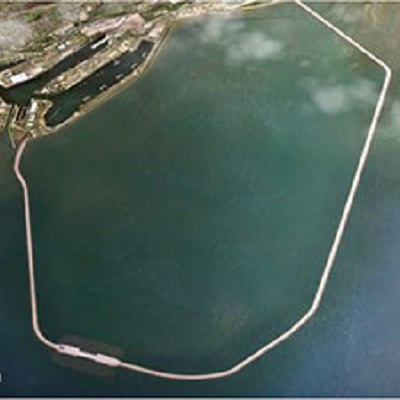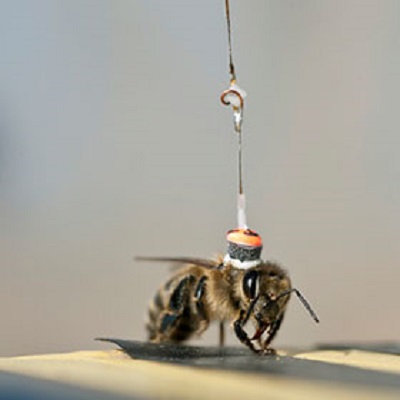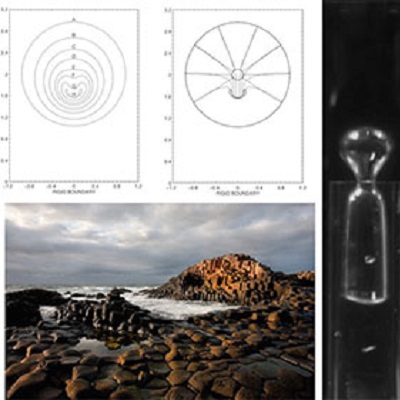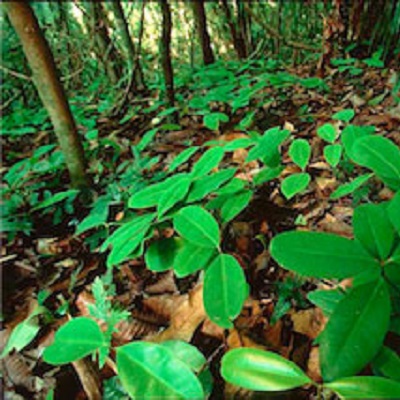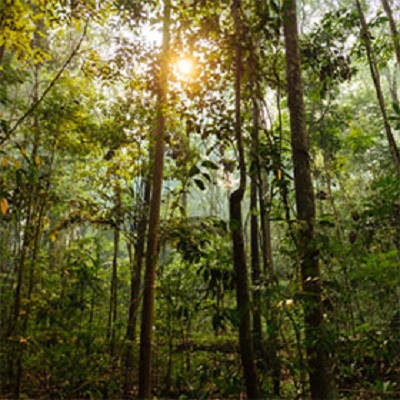Antimicrobial resistance (AMR) is a major global challenge. It is estimated that globally 700,000 human deaths per year are due to AMR, predicted to rise to 10 million by 2050. While much research is in medical/agricultural contexts, the spread of AMR in the environment is often neglected. Antimicrobials and antimicrobial resistant genes (ARGs) and organisms […]
Read More
Ecology has traditionally assessed communities based on species identity, but increasingly the traits of those species are being assessed instead, to measure functional diversity. By focussing on traits, such as body size, diet, and growth form, this approach aims to capture some of the characteristics that define the functional roles of species. Functional diversity approaches […]
Read More
Oceanic islands provide replicated ‘natural experiments’ that can be harnessed to disentangle general evolutionary patterns from unique evolutionary outcomes. In particular, high-altitude oceanic islands provide good opportunities for such research because they contain large climatic variation in small areas (little within-island dispersal limitation), and because they contain many endemic species, most having evolved in situ […]
Read More
Recent advancements in telemetry technology has dramatically enhanced our understanding of movement ecology, and generated novel opportunities for exploring how animals are responding to a rapidly changing world. Most animals depend on movement to locate and acquire food for growth, maintenance and offspring provisioning. Therefore, success of individual foraging strategies underpins the demographic processes of […]
Read More
There is a growing interest in linking hydrogeological and geomechanical models to improve understanding of landslide failure processes, but progress has been limited by an inability to provide high spatial and temporal resolution input data on the physical properties of the subsurface (e.g. strength, composition) and changes associated with hydraulic processes (e.g. pore pressure, moisture […]
Read More
Applications are invited for a PhD studentship within the NERC-ENVISION Doctoral Training Partnership with a project entitled: “Coastal flood mitigation potential of artificial tidal lagoons”. Marine renewable energy conversion into electric power is a recent frontier in technology development.The United Kingdom is rich in wave and tidal energy, therefore the UK started the exploitation of […]
Read More
In social insects, such as pollinators, infectious diseases challenge the survival and effective function of both the individual and the entire colony. While pests and pathogens have been implicated in honey bee colony losses, concerns are increasing for the impact of emerging infectious diseases (EID) on wild pollinators and associated pollination service provision. Deformed wing […]
Read More
This project will explore the coalescence and break up of bubbles as they emerge through cracks in the earth’s crust. This is truly interdisciplinary work, where you will define your experiments and mathematical modelling through detailed examination and characterization of rock samples, hosted by the British Geological Survey. You will be part of the ENVISION […]
Read More
Secondary forests are increasingly prominent features in tropical landscapes and the importance for the restoration of the original hyperdiverse mature forests they replace is widely recognized. None-the-less, we still poorly understand the mechanisms that drive secondary succession of tropical forests, especially the potentially important plant-fungal interactions (pathogenic and symbiotic). This studentship offers a unique possibility […]
Read More
Now that humanity has cleared or damaged at least three-quarters of the world’s primary forests, the regrowth of tropical forests plays a key role in global biogeochemical cycles, climate regulation and biodiversity conservation. It has been estimated that 20% of total past deforestation in the Brazilian Amazon is now covered by secondary forests, yet their […]
Read More

